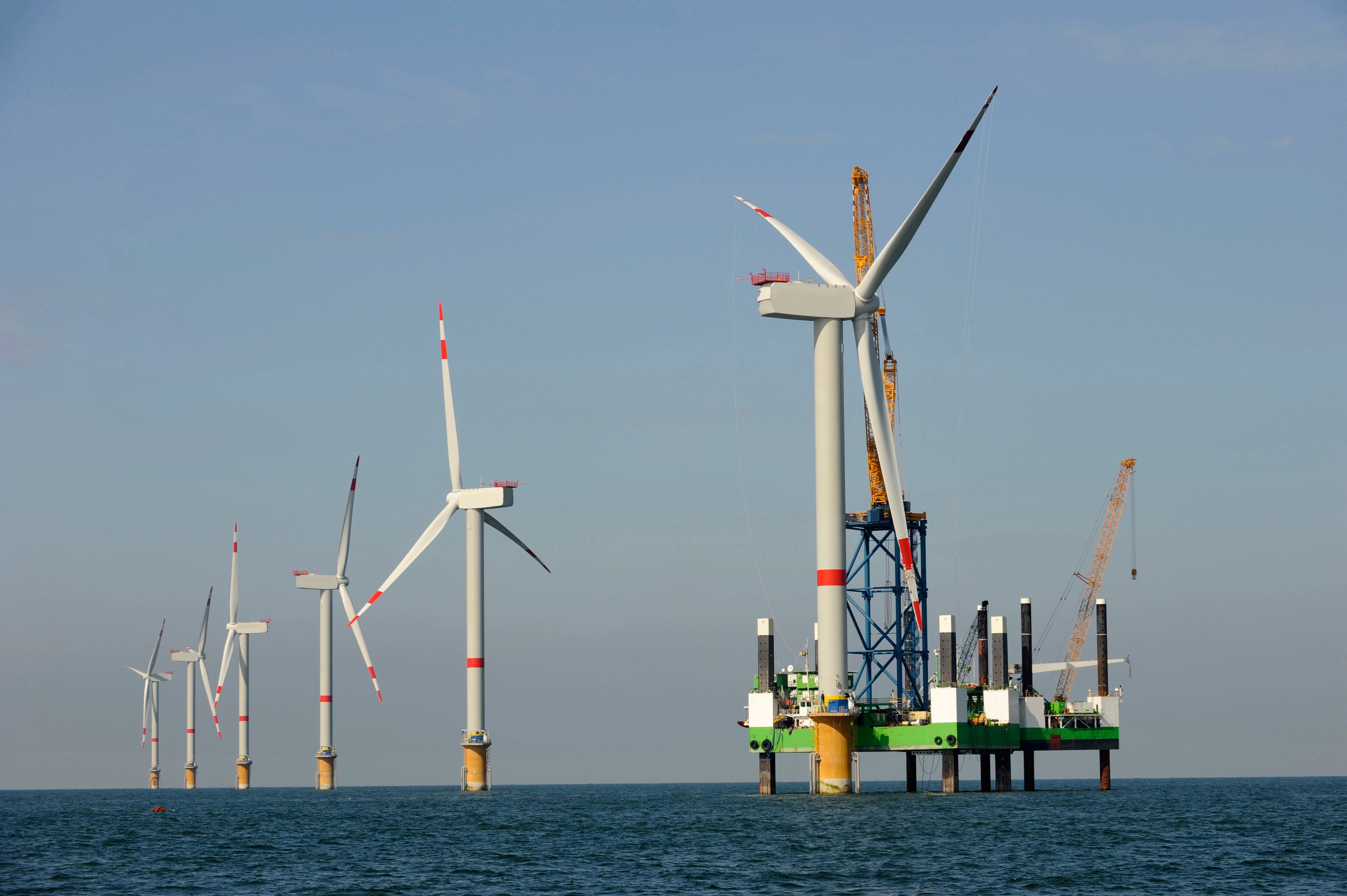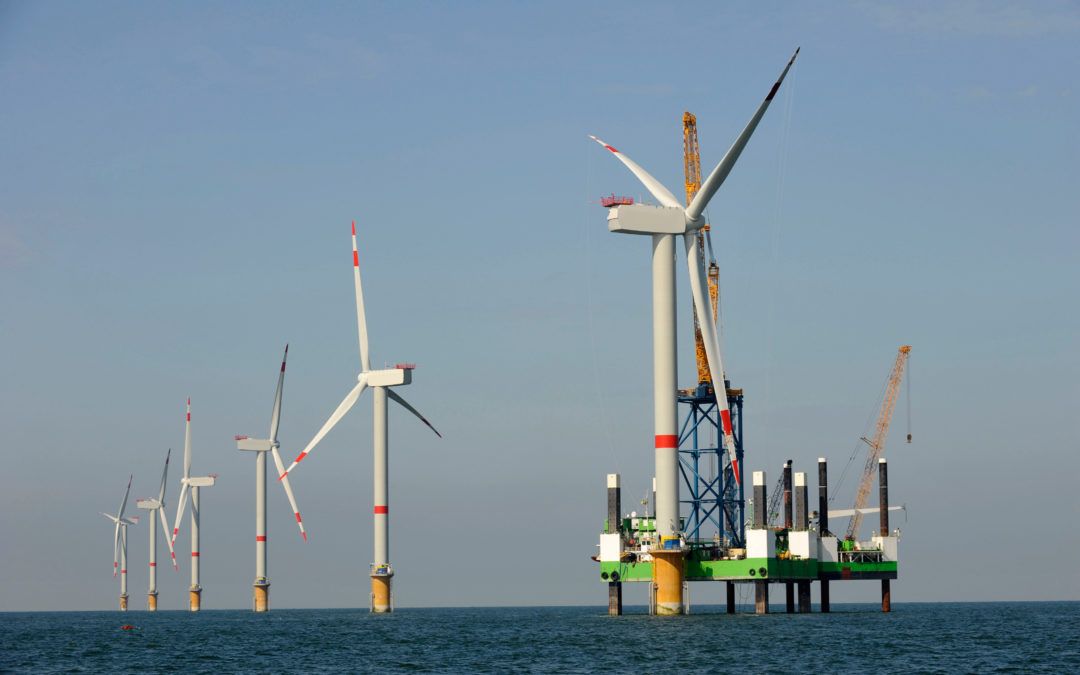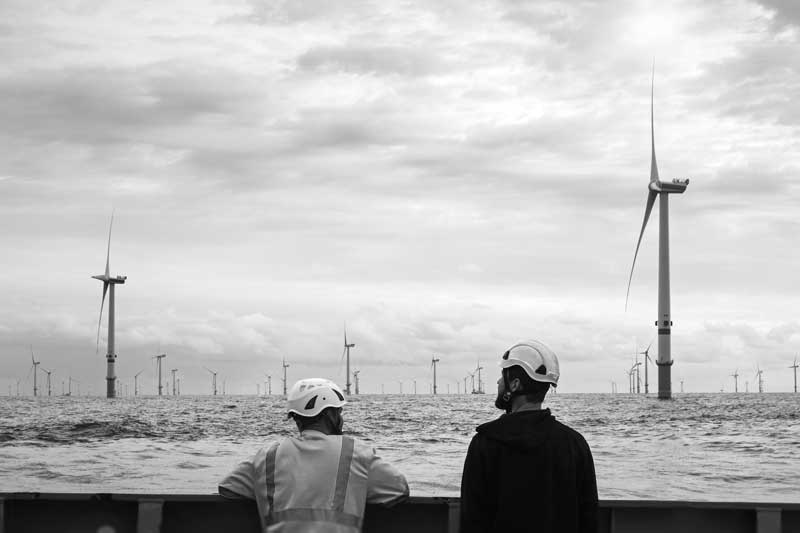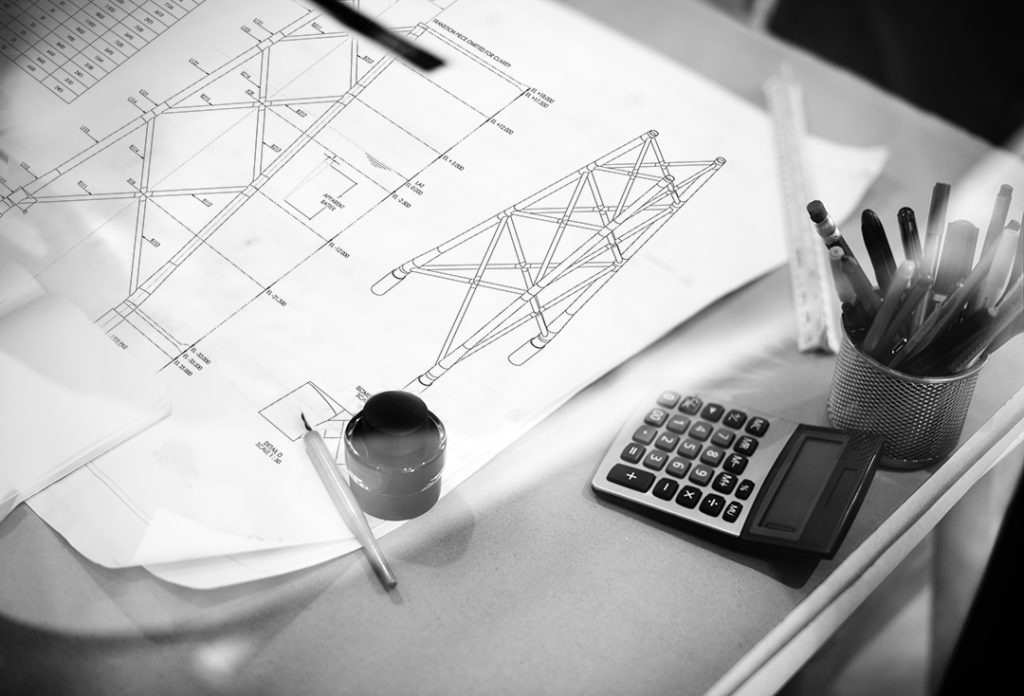
Like many good stories, this one starts out while sharing a good bottle of red with friends. We were just opening the third bottle late on a Saturday evening when I received a call from one of my colleagues via sat. phone, he was on the bridge of a jack-up vessel which was alongside an offshore structure undergoing planned maintenance.
“We think we’ve found a crack in a weld, I need to know if its safe to keep the maintenance team on the structure”. I was in no state to be driving, so concluded that I was also in no fit state to give safety advice relating to a team of guys offshore. “Assume the structure is unsafe for personnel to be on, and send us all the information you’ve got, we’ll get back to you once we’ve had time to do an assessment”. Photos taken from a safe distance showed the crack to be relatively small. With a good weather window, low sea state and wind, we concluded it was safe for a team to go back on to the structure and document the extent of the crack. The team measured, photographed and marked the extent of the crack. They did the same for some additional cracks they found during their inspection.
Decision time. With a vessel and crew on site, do we attempt a repair, or do we demobilise, leaving the structure in a somewhat compromised condition? After running some quick analyses, we decided that the repair was likely to be extensive and require more resources than were available to the offshore crew. After some quick deliberations with our Client, it was decided to beat a hasty retreat and demobilise the vessel and crew.
By demobilising the vessel and crew, we gave ourselves the luxury of time to fully review the information available. We ran a detailed extreme and fatigue analysis on the crack location. The results didn’t look good. They were so bad that initially we thought we’d made a mistake and had to re-run it.
Just for good measure, we handed the analysis off to some trusted partners at another firm to perform a parallel analysis. They all said the same thing; the fatigue life was far worse than we could have imagined. The structure was designed to last 10’s of years, but the analyses was showing that this detail had a fatigue life of only a few minutes. The extreme stress results similarly showed that the crack location was massively overloaded.
This is where things got truly interesting. The analysis showed the reasons for the crack. It indicated the crack could be expected to be worse than it seemed. So why did we have only a small crack? There were several contributing factors, but the key reason was our analysis techniques are quite conservative. Design codes have lots on contingencies and worst-case scenarios built-in to give significant safety margins against failure.
Now we understood why the crack occurred, we needed to find a safe way to make a repair. An offshore repair was considered, but the costs and risks involved were deemed excessive, so we had to find a way to safely disassemble the structure for an onshore repair.
So how did we access a ‘failed structure’, without putting people and equipment at risk? We start from the firm position that if it can’t be done safely, then it can’t be done at all. We were fortunate to have a significant amount of data available to us, provided by a nearby weather station. We looked at how the crack had progressed during past weather, particularly storm events, and were able to determine safe weather limits based upon observed behaviour following severe weather. In addition, we performed some analysis to look at the likely rate of crack propagation. This allowed us to set conservative but workable weather windows around dismantling the structure.
The outcome was the structure could be safely dismantled, redesigned and repaired onshore, and returned into service. It was certainly a costly operation, but all performed in a safe and efficient manner.
Empire Engineering are offshore wind foundations specialists. If you would like to know more about how we can mitigate the risks of offshore structural failures, or rectify issues once they’ve occurred, please get in touch.





